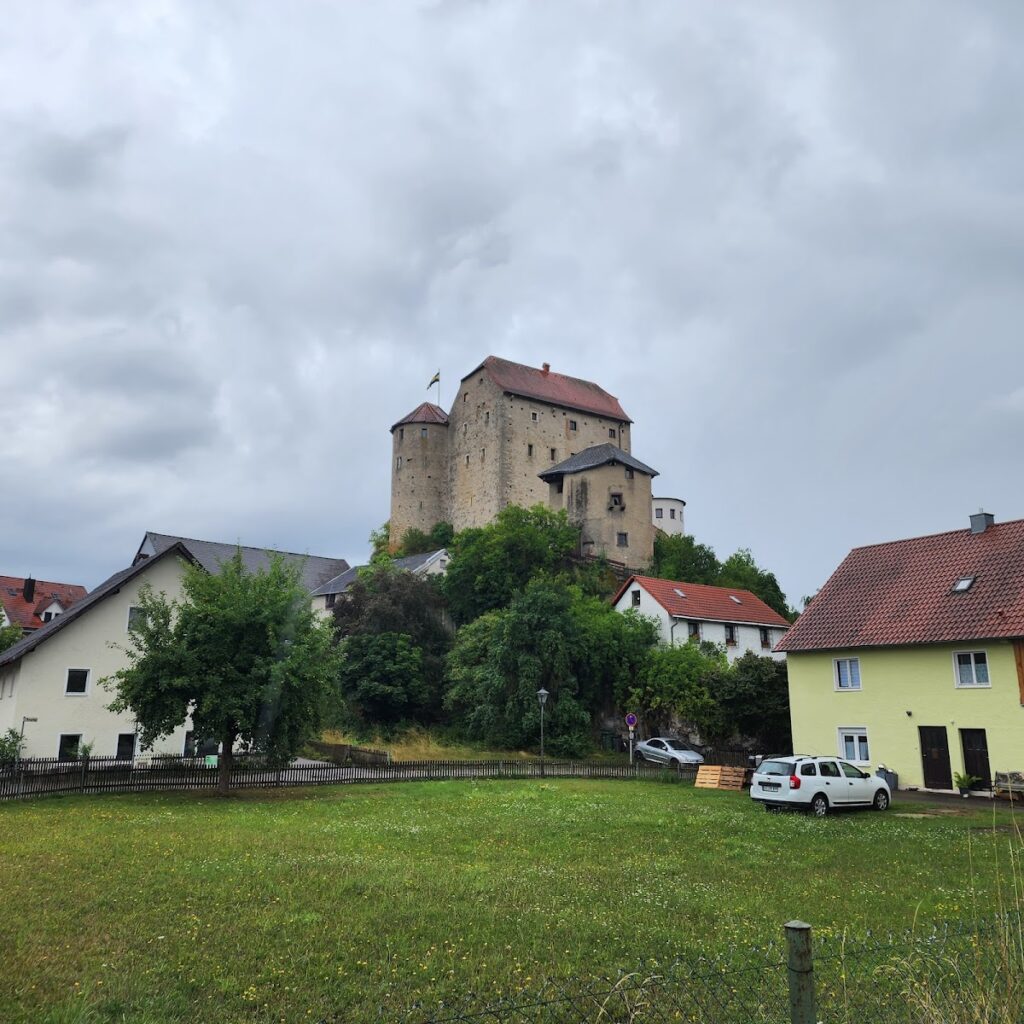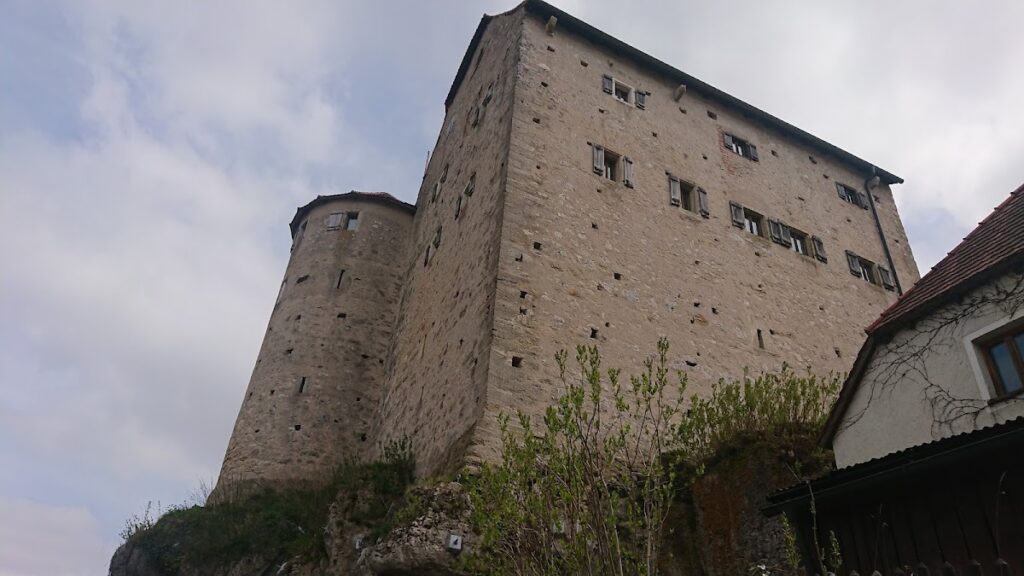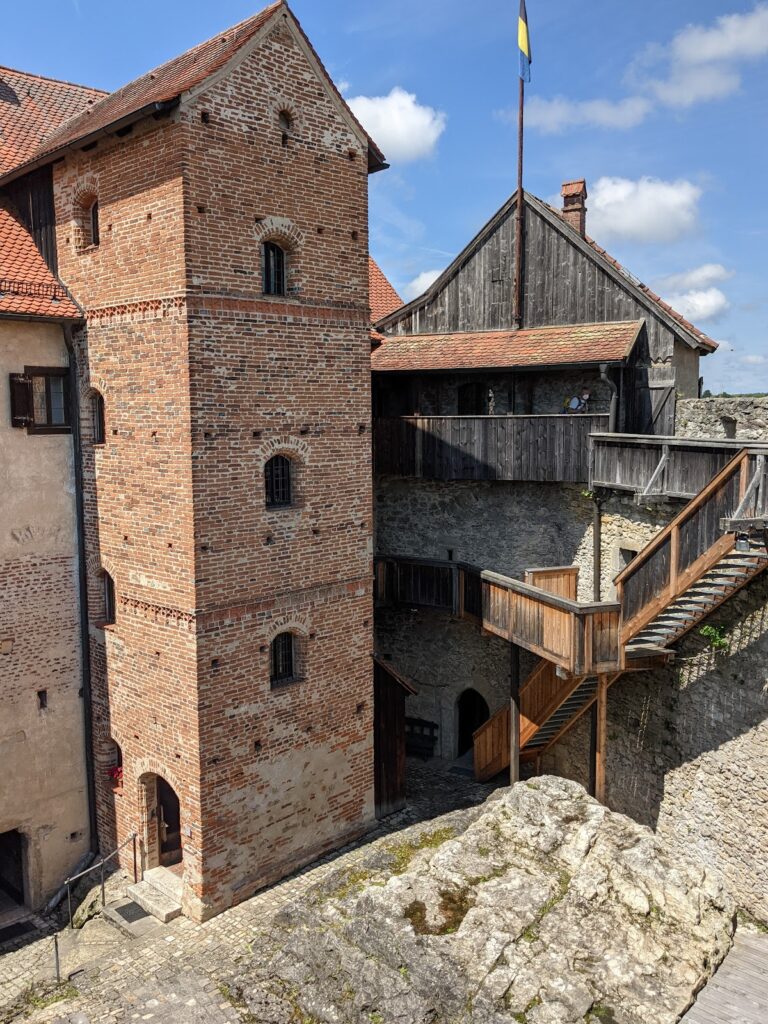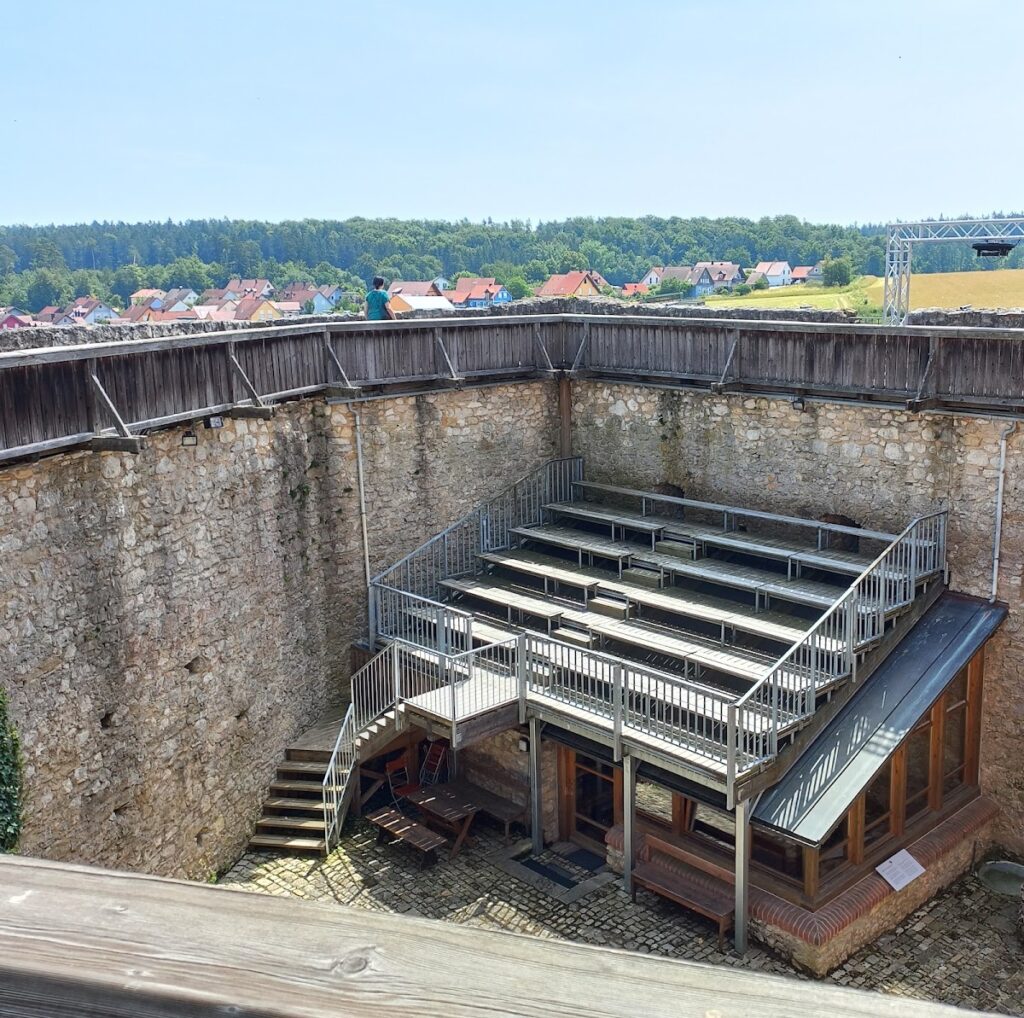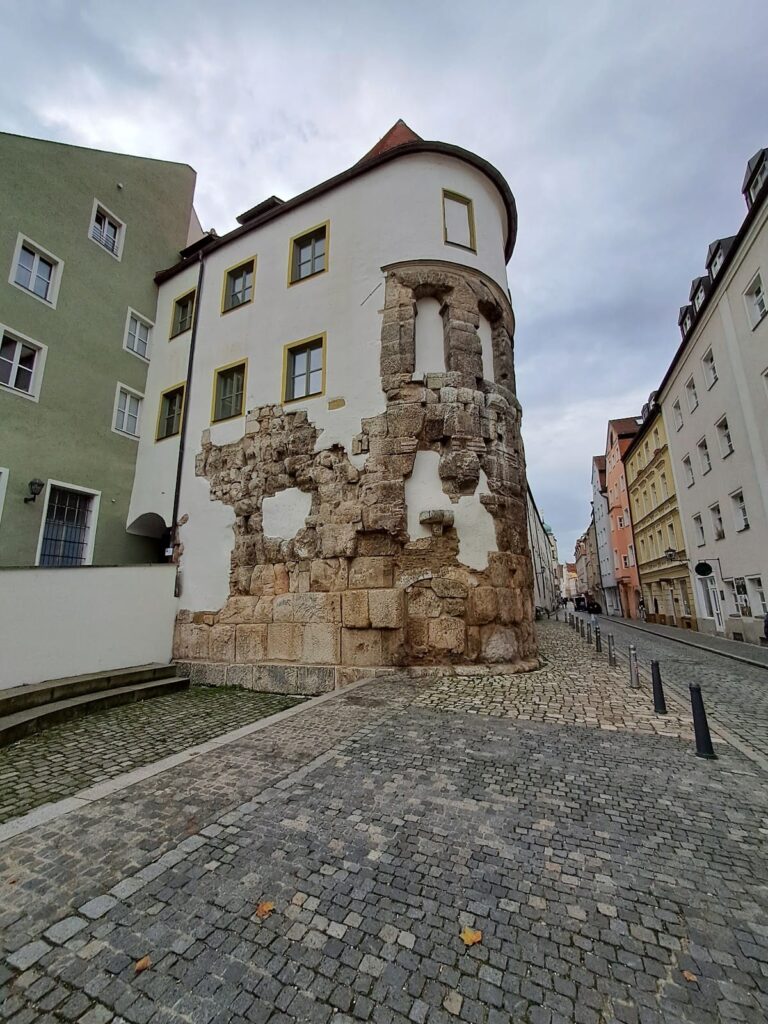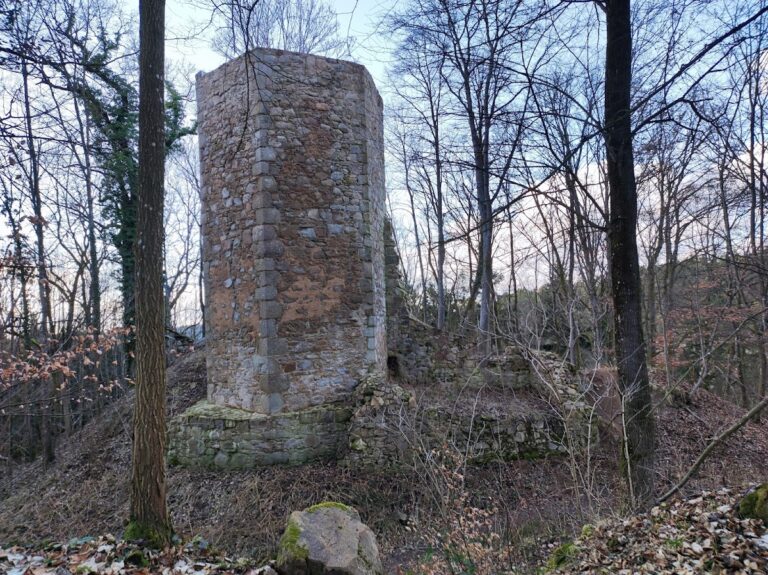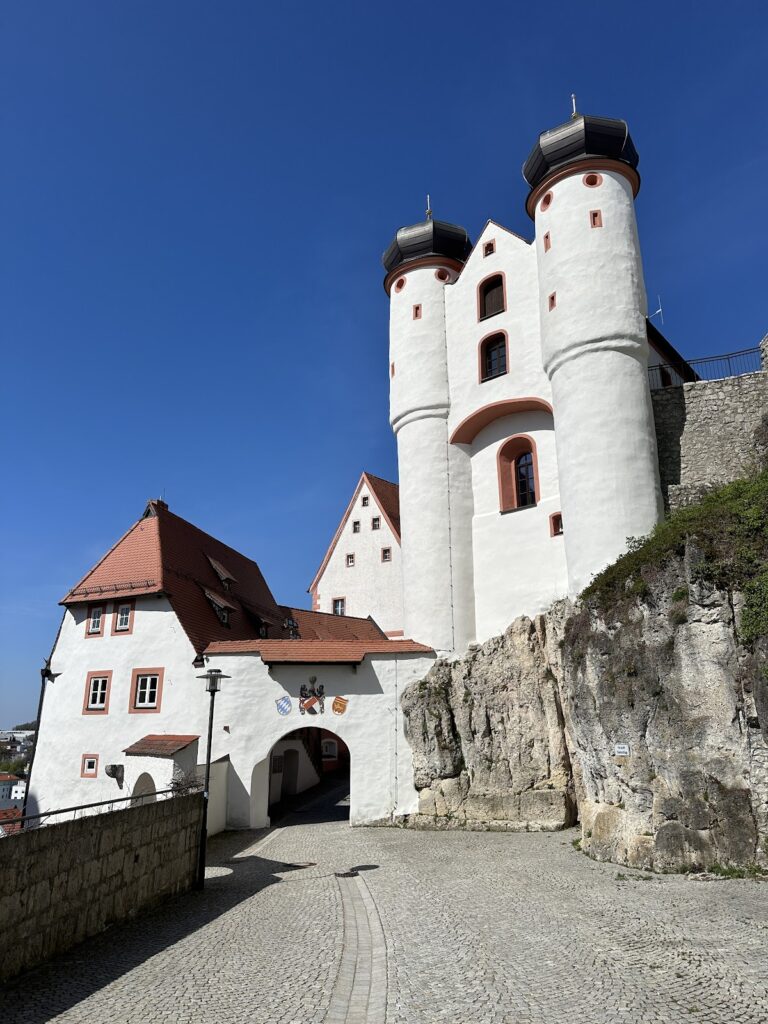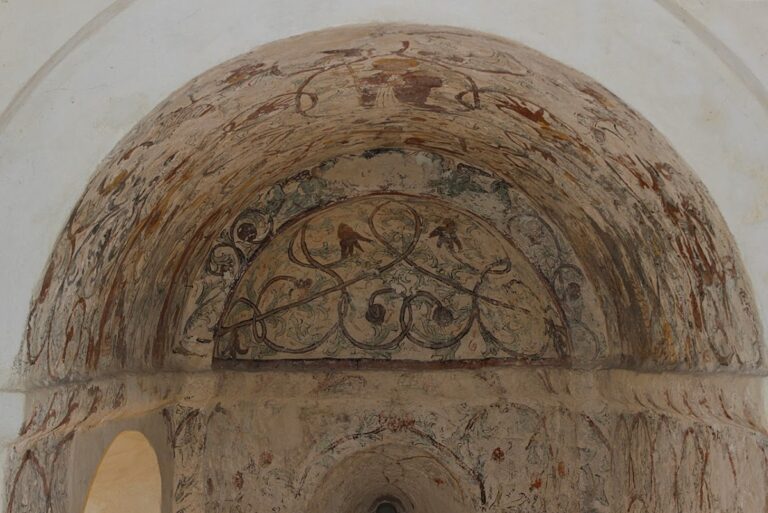Burg Wolfsegg: A Medieval Hill Castle in Germany
Visitor Information
Google Rating: 4.6
Popularity: Low
Google Maps: View on Google Maps
Official Website: www.burg-wolfsegg.de
Country: Germany
Civilization: Unclassified
Remains: Military
History
Burg Wolfsegg is a medieval hill castle situated in the municipality of Wolfsegg, Germany. It was constructed by Bavarian builders during the late Middle Ages, on a rocky hill rising 420 meters above the village.
The initial phase of the castle’s development likely took place between 1325 and 1350. However, timber from a beam found at the site has been dated to 1278, pointing to an earlier structure that preceded the surviving castle. The first known documentary mention of Burg Wolfsegg occurred in 1358, when Duke Ludwig of Bavaria granted the castle as a fief to two women, Margaretha and Katharina, who were probably sisters of the castle’s original builder, now deceased.
Ownership of Burg Wolfsegg shifted through various noble families in the following centuries. The Wolf von Schönleiten family held it at some point, followed by the Laaber family until 1475. Subsequently, the castle came under the control of the Bavarian dukes, before passing to the Thumer and then the Götzengrien families. Eventually, it belonged to the counts of Oberndorf. Throughout its history, the castle experienced several phases of construction and renovation. Notable building activity took place around 1419 and again during the 16th century. The roof was significantly altered about 1721, and further modifications occurred in the 19th century.
Despite these efforts, the castle gradually fell into disrepair. Frequent changes in ownership and the removal of building materials by local residents contributed to its decline. In 1886, the castle was donated to the municipality of Wolfsegg. It served a social function as a school and provided shelter for impoverished families. Beginning in 1933, restoration work commenced under Georg Rauchenberger’s direction. These efforts continued intermittently until 1989, when renovations were finalized by the organization Kuratorium Burg Wolfsegg e.V.
Remains
The castle complex centers around a core stronghold dominated by a three-story palas, or residential building, which resembles a tower in form. This main structure showcases original Gothic elements, including wall paintings dating to the 15th century on its upper floor. One notable decorative feature is a series of colorful vine patterns adorning the knights’ hall, reflecting medieval artistic styles preserved on the interior walls.
Surrounding the core castle is a fortified ring wall that incorporates a semi-circular wall tower, providing defensive coverage and enclosing a courtyard. Within the courtyard stands a cistern, which would have supplied water to the inhabitants. Beyond this, a curved zwinger wall—an outer defensive enclosure—extends to the vicinity of the nearby inn known as Gasthof Krone, outlining the castle’s broader defensive perimeter.
A stair tower constructed of brick dates back to the 16th century. It features an upper gable and a saddle roof, architectural additions completed in the 18th century. The roof structure of the palas itself was reconstructed around 1721, adopting a half-hipped form typical of that era. Inside, rooms on the first floor boast vaulted ceilings with square tile flooring. The castle was further modernized with the installation of fireplaces and tiled stoves during the 18th and 19th centuries, reflecting changing domestic needs.
Remnants of a Gothic entrance portal once existed near the Weberturm (a named tower), but these were later removed and repurposed as steps in a now-demolished building. In the ground floor of a neighboring house on Burggasse 8, several outward-facing arrow slits were uncovered, suggesting incorporation of defensive features into adjacent properties during or after the castle’s active period.
South of the main castle lies the former chapel dedicated to St. Laurentius. This chapel, previously consecrated to Mary, was connected to the zwinger wall by a protected bridge that led to a side gate, indicating the integration of religious facilities within the fortified complex.
Beneath the castle’s entrance lies the Burghöhle Wolfsegg, a dripstone cave approximately 500 meters long. Registered in the Franconian Alb cave catalog as G 2, this cave has yielded archaeological finds including household refuse and the skull of a child around five years old, offering insights into human activity in the area adjacent to the castle.
The hill on which Burg Wolfsegg stands is recognized as a significant geological site. It is officially designated a natural monument and geotope by the Bavarian State Office for the Environment, under the number 375R002, highlighting its environmental as well as historical importance.
